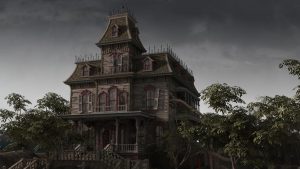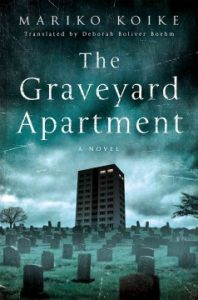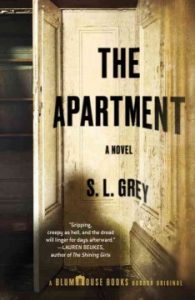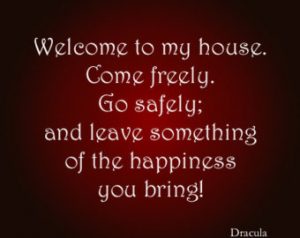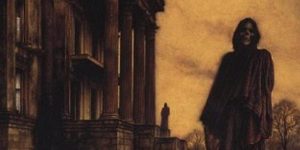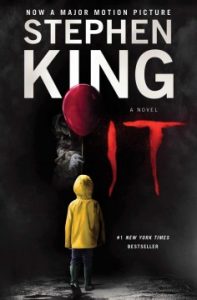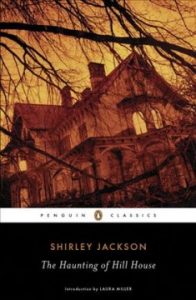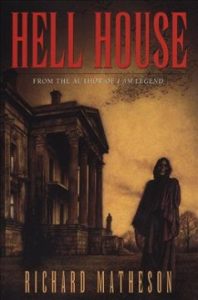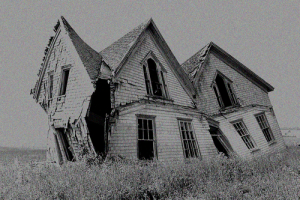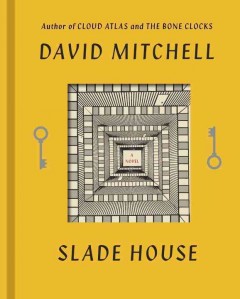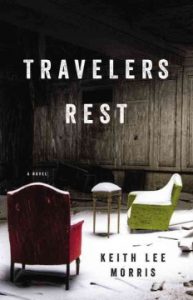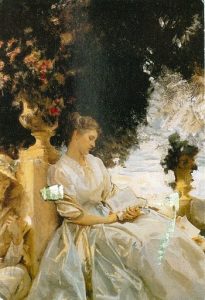
We’re getting a jump on the new month today with a stroll through our genre experts’ favorite reads of the month. The holiday period is certainly a stressful one for many, so be sure to take some time to relax with a good book now and then. The act of reading has been shown to lower blood pressure, ease stress, and makes you better at empathy, but romance novels have been shown to be specifically useful to our health by activating the part of our brains that feeds on interpersonal interactions. Which isn’t terribly surprising when you think about it, but it is an excellent excuse to check out and read a good romance novel if I ever heard one. Here are some of the titles we enjoyed this month!
Bridget: The Bride Who Got Lucky by Janna MacGregor
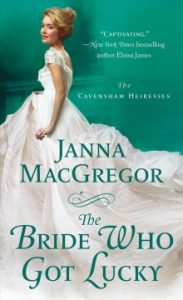 I owe Janna MacGregor a tremendous debt of gratitude for breaking my romantic reading slump, so I can only hope it might do the same for other readers. Though this is the second book in her Cavensham heiresses series, it is very easily read on it’s own (though the first book, The Bad Luck Bride is also charming).
I owe Janna MacGregor a tremendous debt of gratitude for breaking my romantic reading slump, so I can only hope it might do the same for other readers. Though this is the second book in her Cavensham heiresses series, it is very easily read on it’s own (though the first book, The Bad Luck Bride is also charming).
The son of a cold-hearted duke, and a confirmed introvert, Nicholas St. Mauer has none of the skills, the temperament, or the desire to be involved in society, or find a bride. But despite himself, he always keeps a watchful eye on Lady Emma Cavensham. Her energy and determination make her the most unsuitable woman for Nick–but he can’t seem to keep away from her. And a good thing, too, because Emma is on a dangerous mission to prove her deceased friend’s husband was responsible for her death before he lures another innocent woman into a brutal marriage. But a single compromising moment upends all her well-laid plans–and makes her relationship with Nick a much more formal arrangement than either every imagined.
I loved the quirkiness of MacGregor’s characters. Neither Nick nor Emma fit into the moulds we’ve come to expect from historical romances, but they work so well together than it’s a treat to watch them. I also adored the honesty between them about matters big and small. There is something wonderfully refreshing about characters who trust each other enough to be with each other, and admit their insecurities and emotional confusion. The main plot of this book was interesting, but I would have been happy to read another 100 pages of nothing but Emma and Nick talking together. I cannot wait to read more of MacGregor’s work after this impressive novel!

Kelley: A Daring Arrangement by Joanna Shupe
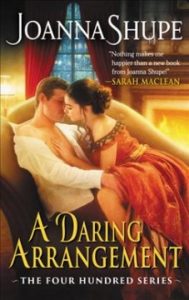
There is much to love about A Daring Arrangement, the first book in Joanna Shupe’s “The Four Hundred Series.” Set in New York City’s Gilded Age, the setting of Honora and Julius’ story immediately offers readers something unique in historical romance. The opulent lifestyle celebrated by wealthy Americans at that time is introduced to us through Julius Hatcher, one of the wealthiest investors in the city, who just so happens to have built himself a castle for a home, and lives a life so outrageously extravagant he throws himself a birthday party at one of New York’s finest restaurants where are guests attend the entirety of the event on horseback.
Enter Lady Honora Parker, just arrived in New York after being exiled from London by her powerful father who found her with her artist boyfriend. Knowing that only a scandal will convince her father to call her back to London and to the artist she loves, Honora convinces Julius to pose as her fiance, knowing her proper English father will be appalled. Honora is in love with another, and Julius has no intention of ever marrying, so neither is prepared for the feelings that develop between them.
What I love the most about this book is that when their feelings begin to change, Julius and Honora are honest with each other throughout the process. Things aren’t simple, but there are no secrets or intrigue, just two people who are perfectly matched and need to find their way to being together. To top it off the storytelling is excellent, making this book difficult to put down. A Daring Arrangement is easily the best romance I’ve read in quite awhile. I highly recommend that you check it out.

Until next month, dear readers, we wish you happy reading!

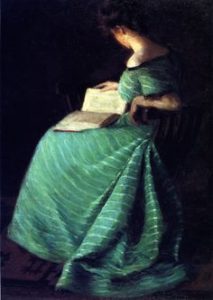
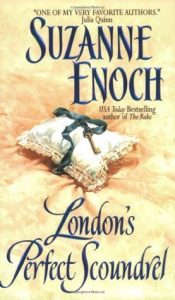

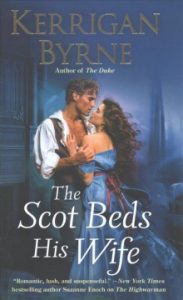 Kelley:
Kelley: 
 There are aspects of this story that are certainly dated, not the least of which is the “magical thing that comes from a faraway part of the Empire to destroy British people” trope. It’s a theme that pops up everywhere in Sherlock Holmes stories, it was the basis for Wilkie Collins’ The Moonstone, it’s the main premise of Dracula…safe to say, it’s a well-worn theme that helped create the idea of the “other”–a figure that was frightening and dangerous and needed to be controlled. And we should recognize that. On the other hand, this story is still read, and still shared, because it is wonderfully constructed, finely wrought, and genuinely unsettling. It is a perfect embodiment of the old maxim “be careful what you wish for”, but without feeling pedantic or rehashed. Jacobs’ talents as a humorous shine through in places, as well, helping him create characters who are sympathetic and real, even down to their inability to play a good game of chess. And it’s that connection to these people, and this ability to relate to them, even when they make the most dire of mistakes, that makes this story such an effective–and affecting–one.
There are aspects of this story that are certainly dated, not the least of which is the “magical thing that comes from a faraway part of the Empire to destroy British people” trope. It’s a theme that pops up everywhere in Sherlock Holmes stories, it was the basis for Wilkie Collins’ The Moonstone, it’s the main premise of Dracula…safe to say, it’s a well-worn theme that helped create the idea of the “other”–a figure that was frightening and dangerous and needed to be controlled. And we should recognize that. On the other hand, this story is still read, and still shared, because it is wonderfully constructed, finely wrought, and genuinely unsettling. It is a perfect embodiment of the old maxim “be careful what you wish for”, but without feeling pedantic or rehashed. Jacobs’ talents as a humorous shine through in places, as well, helping him create characters who are sympathetic and real, even down to their inability to play a good game of chess. And it’s that connection to these people, and this ability to relate to them, even when they make the most dire of mistakes, that makes this story such an effective–and affecting–one.